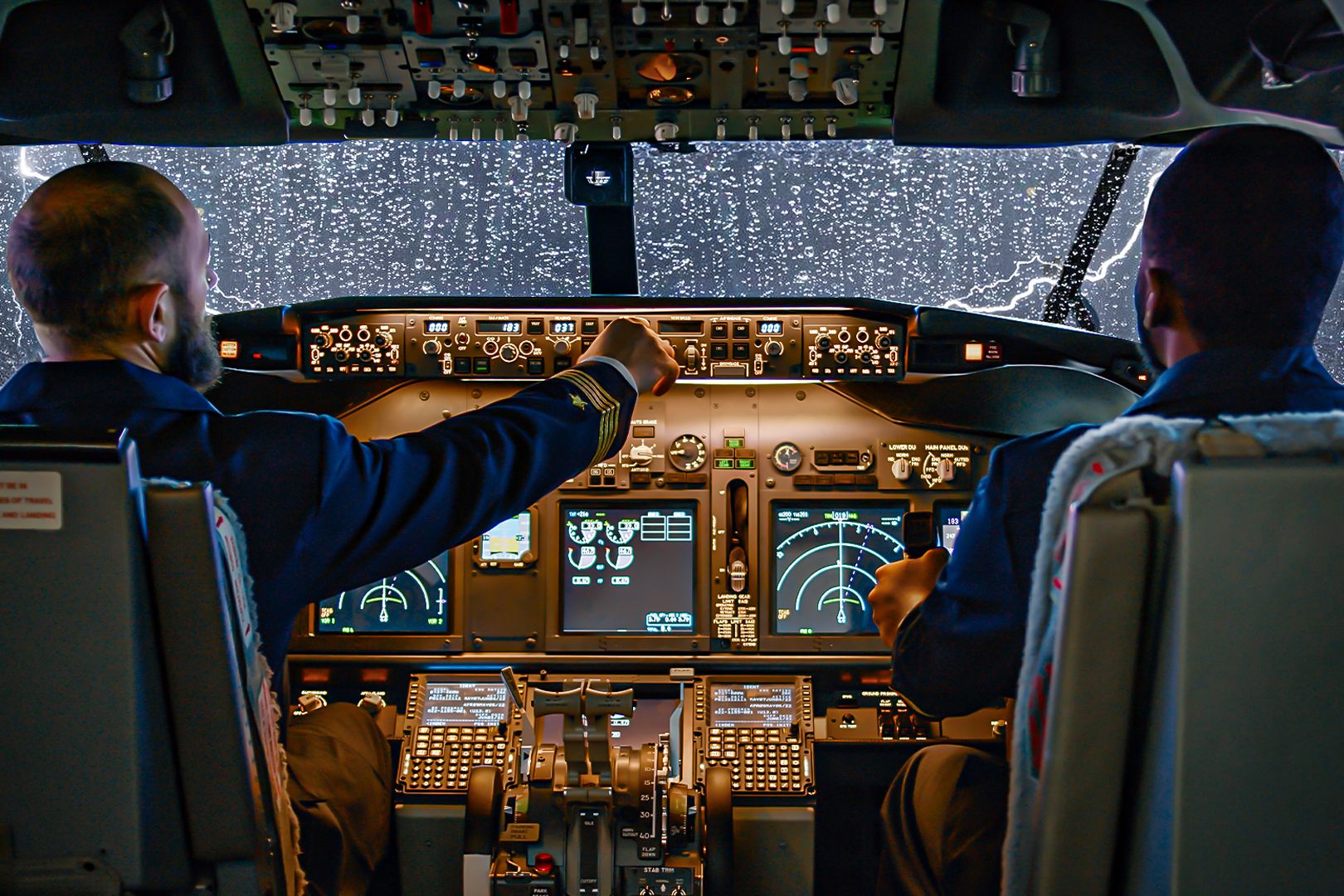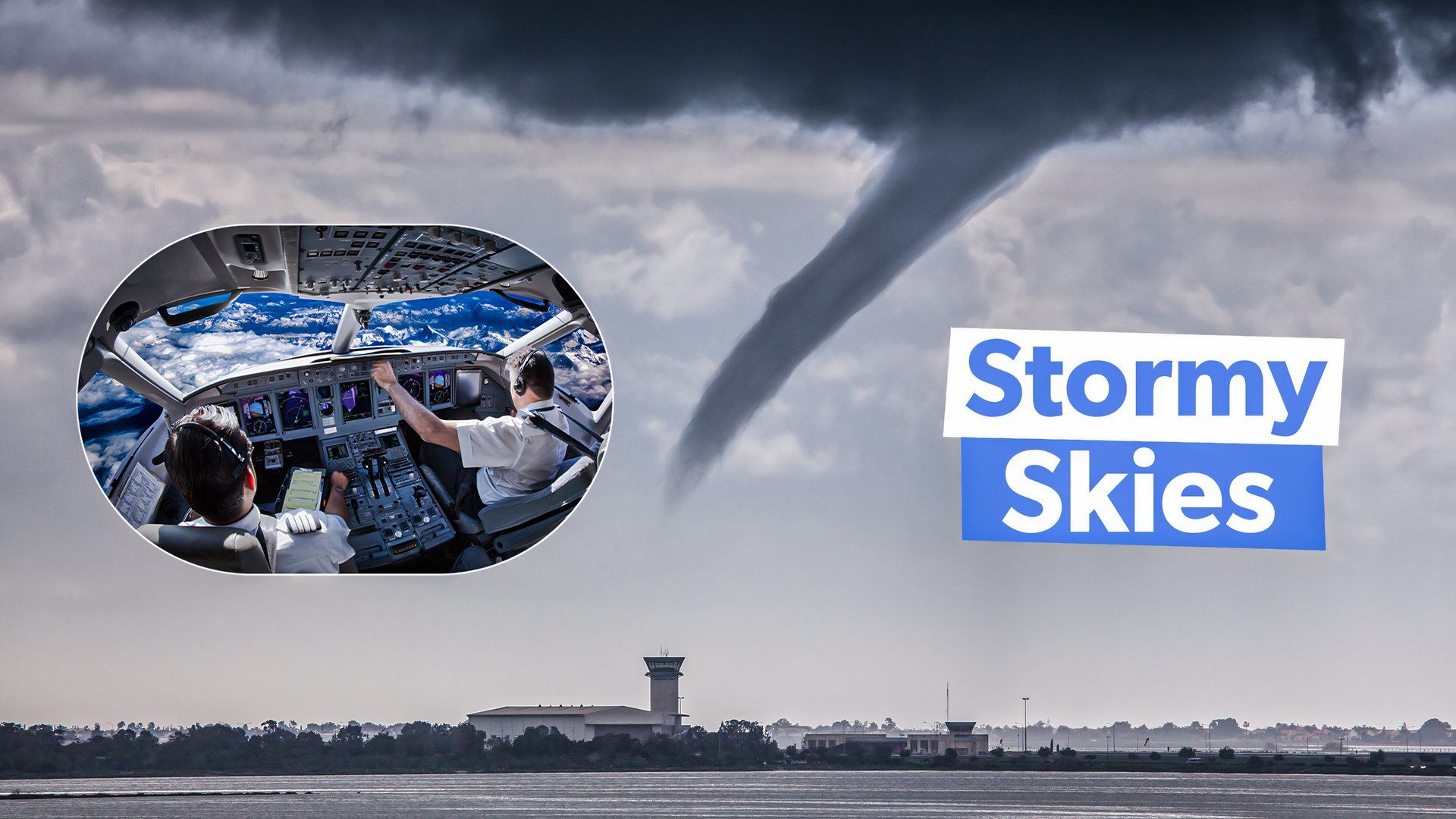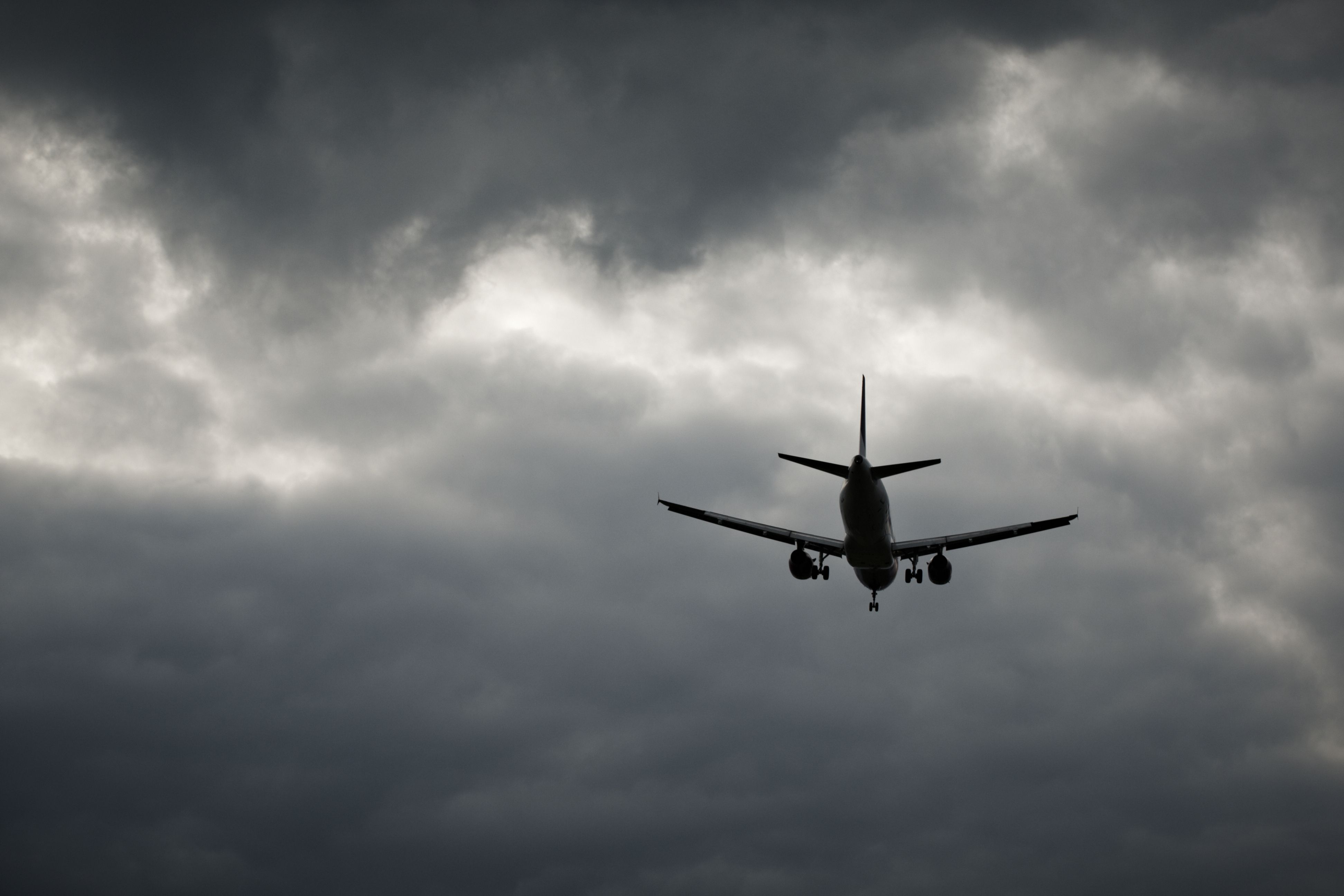Summary
- Tornados in the US are historically active this year, but they don’t impact aviation as much as thought due to pilot training.
- Avoiding thunderstorms and towering cumulonimbus clouds is crucial due to severe turbulence and hailstone dangers for aircraft.
- While technologically advanced weather detection systems help pilots avoid tornados, severe summer storms still cause airport shutdowns.
Summer is nearly upon us, though temperatures in many parts of North America already resemble mid-summer heat. This time of year, during Spring and into the summer months, is arguably the most challenging for aviation. Though winter presents low visibility and deicing, summer’s thunderstorms and severe weather can prove just as ruinous to travel plans and airline schedules.
Tornadic time of year
Though they are not exclusive to the United States, tornados affect the US far more than any other country. This year has already seen over 900 confirmed tornados (according to the National Weather Service) and is a historically active year for tornado formation. Tornados are the most potent weather phenomenon from the sky, but they don’t impact aviation nearly as much as the traveling public might initially think. Here’s some insight into how tornados interact with and impact aviation.
Tornados are produced by super-cellular thunderstorms, the most powerful variety of cumulonimbus cloud formations. Aviators are taught from the outset of private pilot training not to fly into or anywhere around thunderstorms and towering cumulonimbus clouds.
The energy contained within these cloud formations is strong enough to produce severe and extreme turbulence, which can cause a loss of control or structural damage to an aircraft. It’s plain to see why pilots won’t fly into them.
Additionally, sizeable towering cumulonimbus build-ups will occasionally eject hailstones from the top of their anvil formations. The size of these stones and the relative speed of an airliner ensure damage to the leading edges, flight deck windows, engines, and radome. Because of this, pilots will give thunderstorm clouds even wider berths if they are flying downwind of them.

Related
Inflight Turbulence: A Pilot’s Perspective
A review of the types and intensities of turbulence, and how airlines avoid bumpy rides.
NLM flight 431
Although every pilot knows how to avoid storms capable of producing tornados, at least one airliner crashes as a result. NLM CithHopper flight 431 (a Fokker F-28 jet) crashed after taking off from Rotterdam, Netherlands, and encountering a tornado in the autumn of 1981. Weather detection systems weren’t nearly as advanced in 1981 as today, so controllers had limited ability to forecast and advise the pilots of the conditions. Though the Fokker had a weather radar, the pilots inadvertently flew into a rain-wrapped tornadic cyclone, which produced G-forces over +6. These forces caused structural damage to the wing, and the Fokker spun out of control from about 3,000 feet.
Avoiding tornados
To be clear, no pilot will ever (knowingly) fly into a thunderstorm, and technology has advanced to the point where pilots and controllers can accurately depict dangerous weather. Since tornados can only be generated by powerful thunderstorm clouds, planes should never be anywhere near tornados in the first place. To further the point, tornados never exceed a few thousand feet in height. Therefore, it would be absolutely impossible for an airliner to fly through a tornado unless it was on final approach.
Aside from radar technology to help avoid thunderstorms, pilots also have controllers as resources to stay away from the nastiest weather. Tornados are always accompanied by low-level windshear, an abrupt change in wind speed and direction within the first few thousand feet above the ground. Most major airports have windshear detection systems to protect the final approach and departure corridors, so a tornado would register as a windshear event before it actually touches down. Weather forecasters, such as the National Weather Services’ Storm Prediction Center, also issue warnings well before severe weather. As a dangerous weather front approaches, ATC will shut down the airspace.
The reality of tornados and aviation
The most significant challenge that tornadoes pose to commercial aviation is delays. A storm that is strong enough to cause a tornado will shut down an entire departure and arrival sector and bring an airport to a grinding halt. Therefore, it isn’t tornados that damage airline schedules so much; the weather systems produce them. That said, tornados are locally devastating to the communities they impact. This conversation about how tornados affect aviation shouldn’t be interpreted as a minimization of the impact of tornados in other contexts.
Photo: Jaromir Chalabala I Shutterstock
Another challenge and misfortune that tornados (and other strong wind events) present is damage to hangars and general aviation aircraft. If a tornado’s path crosses an airport, it’s all but assured that some damage to planes will occur. Even in weather less severe than tornados, hangars and aircraft can be destroyed. Planes that are tied down outside can be over-G’d by strong winds that exceed 50 knots. This happens when a gust front, tornado, or microburst is near an airport. Airport equipment, such as ILS attenas or lighting fixtures, can also be damaged by intense storms.
The impact of tornados
Tornados are some of the most powerful byproducts of nature and are to be respected. However, their impact on aviation is limited due primarily to weather prediction technology. Tornados are relatively easily avoided by forecasting and identifying the powerful cumulonimbus supercellular clouds that produce them, something that can be done by multiple weather services, ATC, and pilots. The result is than tornados have a low-impact on aviation, though the storms that produce them have the power to shut down airports for hours.


